Spanish herbs are the foundation of authentic Spanish cuisine, adding depth and aroma to iconic dishes like paella and gazpacho. This guide covers the 7 essential herbs every home cook needs, including their uses, pairing tips, and how to buy the best quality. Whether you're a seasoned chef or a beginner, mastering these herbs will transform your cooking.
Unlike spices, herbs are the fresh or dried leaves of aromatic plants. Spanish herbs thrive in the Iberian Peninsula's warm climate and have been used for centuries in regional dishes. Here's what you need to know to use them like a local.
Top 7 Spanish Herbs You Should Know
These seven herbs define Spanish culinary traditions across regions:
1. Rosemary (Rosmarinus officinalis)
A woody, pine-scented herb with needle-like leaves, rosemary is synonymous with Spanish barbecues and roasted meats. It adds boldness without overpowering other flavors, making it a favorite in lamb and pork dishes.
- Taste: Earthy, pine-like, slightly bitter
- Best paired with: Lamb, potatoes, olive oil
- Usage tip: Use sprigs for roasting; chop finely when adding to sauces.
2. Thyme (Thymus vulgaris)
Small but mighty, thyme brings a subtle minty warmth that enhances both savory and sweet dishes. Commonly used in soups, stews, and marinades, it's also a key component in the French herb blend, herbes de Provence—widely used in northern Spain.
- Taste: Slightly minty, lemony, savory
- Best paired with: Tomatoes, beans, mushrooms
- Usage tip: Add early in cooking for maximum flavor infusion.
3. Oregano (Origanum vulgare)
While oregano might be better known in Italian cuisine, Spanish oregano (often called "Spanish marjoram") has a more delicate and nuanced flavor profile. It's commonly found in tomato-based dishes and bean stews.
- Taste: Warm, pungent, slightly floral
- Best paired with: Tomatoes, eggplant, chorizo
- Usage tip: Use dried for long-cooked dishes; fresh for salsas or salads.
4. Marjoram (Origanum majorana)
Closely related to oregano, marjoram is sweeter and more delicate. It's often used in poultry seasoning and stuffing, especially during festive occasions like Christmas or Easter feasts in Andalusia.
- Taste: Sweet, citrusy, mild
- Best paired with: Chicken, fish, stuffing
- Usage tip: Best added toward the end of cooking to preserve its subtlety.
5. Bay Leaf (Laurus nobilis)
Also known as laurel in Spanish, bay leaf is a staple in slow-cooked dishes. It adds depth without being overpowering and is usually removed before serving.
- Taste: Subtle, herbal, woodsy
- Best paired with: Beans, rice, braised meats
- Usage tip: Use one or two whole leaves per pot; never eat them!
6. Parsley (Petroselinum crispum)
Flat-leaf parsley, not curly, is the star in Spanish kitchens. It's used extensively in salsas like chimichurri-style sauces and as a finishing touch on many hot dishes.
- Taste: Fresh, grassy, peppery
- Best paired with: Garlic, vinegar, grilled fish
- Usage tip: Always add fresh parsley at the very end for brightness.
7. Savory (Satureja hispanica – Summer Savory)
Known as "ajedrea" in Spanish, savory is a lesser-known but highly valued herb, especially in the central and southern regions. It has a peppery bite and is often used in lentil soups and sausage stuffings.
- Taste: Peppery, sharp, slightly minty
- Best paired with: Lentils, pork, beans
- Usage tip: Use sparingly; it can easily dominate other flavors.
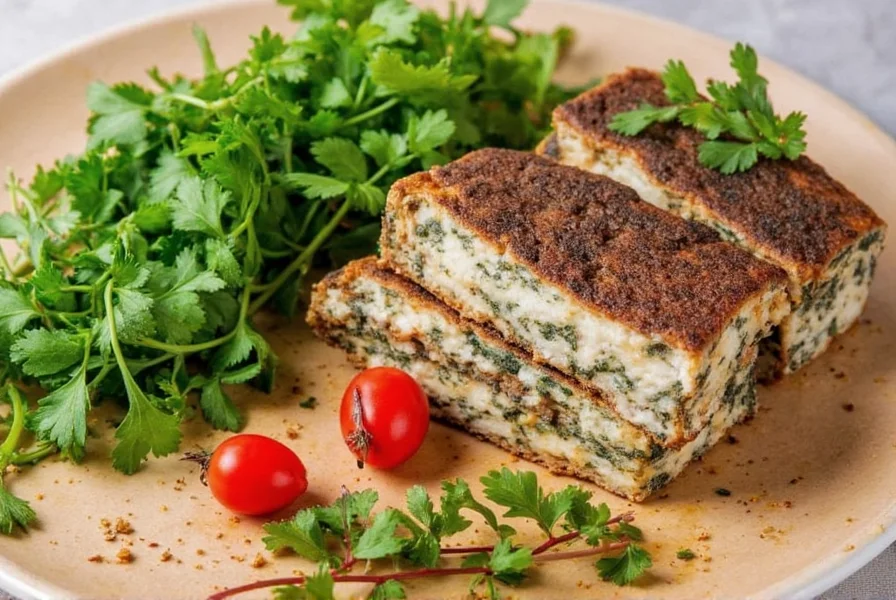
| Herb | Taste Profile | Best For | Fresh vs Dried? | Common Dishes |
|---|---|---|---|---|
| Rosemary | Earthy, pine-like | Roasted meats, potatoes | Dried preferred | Paella, lamb chops, roast chicken |
| Thyme | Minty, lemony | Stews, marinades | Dried works well | Bean soups, tomato sauces, grilled fish |
| Oregano | Warm, pungent | Tomato-based dishes | Dried preferred | Gazpacho, albondigas, baked eggplant |
| Marjoram | Sweet, citrusy | Poultry, stuffing | Fresh best | Chicken casserole, holiday roasts |
| Bay Leaf | Woody, herbal | Braises, rice dishes | Dried only | Fabada Asturiana, arroz con pollo |
| Parsley | Grassy, peppery | Finishing garnish | Fresh only | Guiso, grilled fish, patatas bravas sauce |
| Summer Savory | Peppery, sharp | Bean dishes, meat rubs | Dried best | Lentil soup, chorizo stuffing |
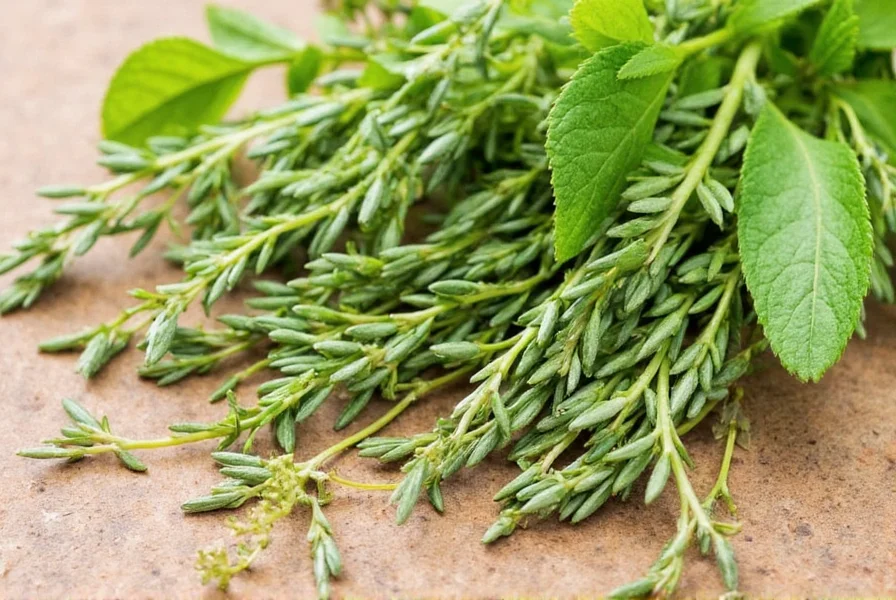
Pro Cooking Tips with Spanish Herbs
Now that you've got your pantry stocked with authentic Spanish herbs, here's how to use them like a pro:
- Use high-quality oils: Infuse olive oil with rosemary or thyme for a quick flavor boost in sautéed veggies or drizzling over crusty bread.
- Layer flavors slowly: Don't dump all herbs in at once. Add some early in cooking for base flavor and finish with fresh ones for brightness.
- Don't overdo it: A little goes a long way. Start small and taste as you go, especially with strong herbs like rosemary or savory.
- Toast dried herbs lightly: Gently heat dried herbs in a dry pan for 1–2 minutes to release their essential oils and intensify their aroma.
- Create custom blends: Mix thyme, marjoram, and rosemary for a homemade Spanish herb mix perfect for grilling or seasoning rice dishes.
- Pair with citrus: Lemon zest pairs beautifully with thyme, parsley, and marjoram, giving dishes a refreshing lift.
- Grow your own: Many Spanish herbs like rosemary, thyme, and oregano thrive in pots or gardens. They're drought-resistant and easy to maintain.
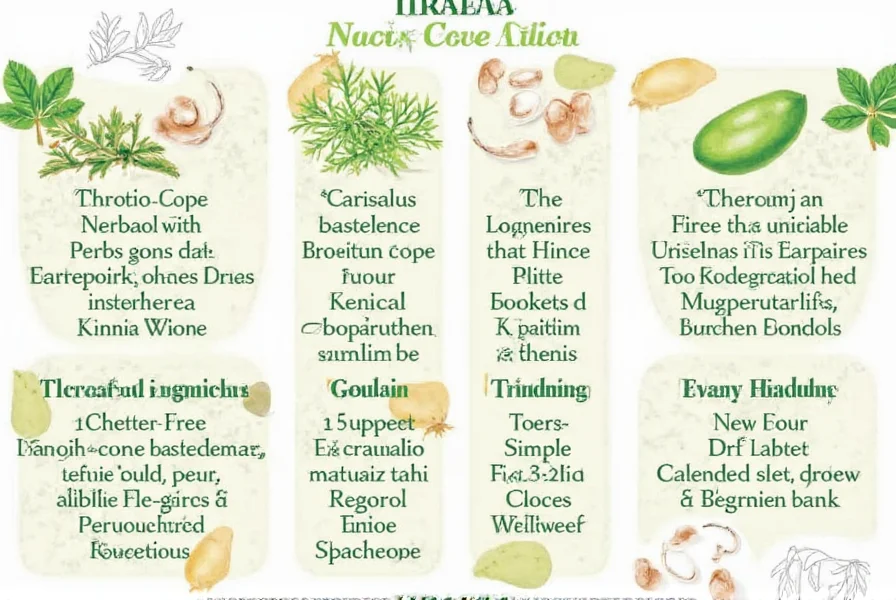
Buying Guide: How to Choose the Best Spanish Herbs
Whether you're shopping at a market in Madrid or browsing online, knowing what to look for makes all the difference. Here's your ultimate buying guide:
For Fresh Herbs
- Color: Vibrant green, not yellow or brown.
- Texture: Leaves should be firm and pliable, not wilted or mushy.
- Smell: Strong, pleasant aroma—avoid any that smell stale or moldy.
- Source: Local, organic options are ideal for flavor and sustainability.
For Dried Herbs
- Packaging: Choose air-tight containers or vacuum-sealed bags to preserve freshness.
- Labeling: Check for origin and harvest date. The fresher, the better!
- Appearance: Look for uniform color and texture. Avoid clumpy or dusty products.
- Brand: Opt for reputable brands or artisanal producers from regions like La Mancha or Galicia.
Recommended Products
- La Española Organic Herb Blend:
- Features: Combination of rosemary, thyme, oregano, and bay.
- Advantages: Certified organic, easy to use, great for beginners.
- Use Cases: Perfect for stews, rice, and grilled vegetables.
- Target Audience: Home cooks, spice lovers, and Mediterranean food enthusiasts.
- Occasions: Everyday meals, dinner parties, holiday cooking.
- Hierbas Ibéricas Dried Herb Collection:
- Features: Small-batch, hand-harvested from southern Spain.
- Advantages: Rich flavor, minimal processing, eco-friendly packaging.
- Use Cases: Authentic Spanish recipes, gourmet cooking, gift sets.
- Target Audience: Foodies, chefs, travelers nostalgic for Spain.
- Occasions: Gift-giving, special meals, culinary experiments.
- El Jardín del Sur Fresh Herb Kit:
- Features: Live herb plants grown in Andalusia, shipped fresh.
- Advantages: Ready-to-use, sustainable, supports local farmers.
- Use Cases: Gardening, home cooking, educational purposes.
- Target Audience: Urban gardeners, educators, culinary students.
- Occasions: Starting a kitchen garden, teaching about herbs, experimenting with new flavors.
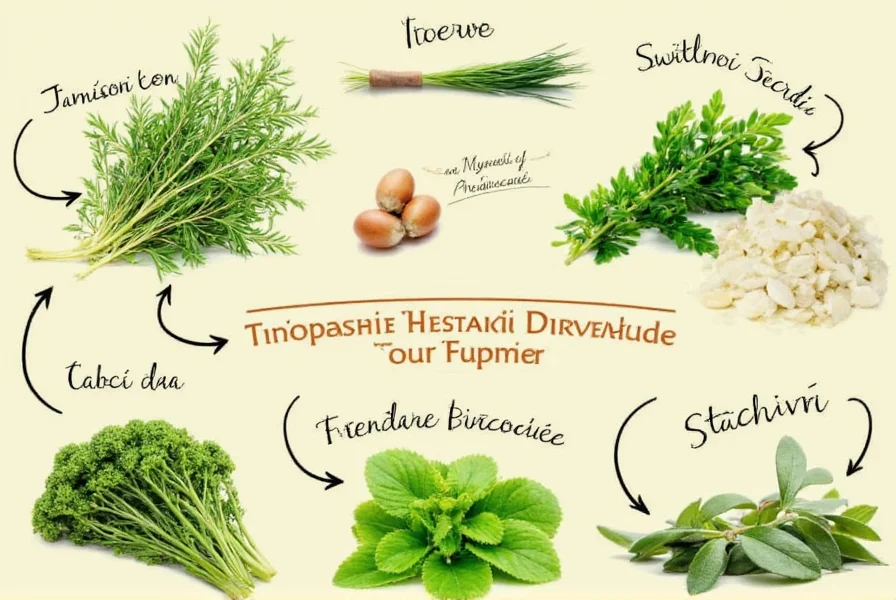
Frequently Asked Questions About Spanish Herbs
What are the most essential Spanish herbs for beginners to start with?
For beginners, rosemary, thyme, and parsley are the most essential Spanish herbs to start with. Rosemary works beautifully with roasted meats and potatoes, thyme enhances stews and tomato-based dishes, and fresh flat-leaf parsley is indispensable as a finishing touch on countless Spanish dishes. These three herbs will cover a wide range of traditional Spanish recipes and form a solid foundation for your Spanish herb collection.
Can I substitute dried herbs for fresh ones in Spanish recipes, and what's the conversion ratio?
Yes, you can substitute dried herbs for fresh ones, but with important considerations. As a general rule, use one-third the amount of dried herbs compared to fresh, since drying concentrates the flavor. For example, if a recipe calls for 1 tablespoon of fresh rosemary, use 1 teaspoon of dried rosemary instead. However, some herbs like parsley lose significant flavor when dried, so fresh is always preferred for garnishing. Bay leaf and summer savory actually work better dried, while rosemary and thyme are versatile in both forms.
How should I store Spanish herbs to keep them fresh for longer?
For fresh herbs: Treat them like flowers. Trim the stems, place in a glass with an inch of water, cover loosely with a plastic bag, and refrigerate. Change the water every few days. Most fresh Spanish herbs will last 1-2 weeks this way. For dried herbs: Store in airtight containers away from heat and light. Properly stored, they'll maintain peak flavor for 6-12 months. Freeze delicate herbs like parsley by chopping and mixing with olive oil in ice cube trays for later use in cooking.
How do Spanish herbs differ from Italian or French herbs?
While there's some overlap, Spanish herbs have distinctive characteristics. Spanish oregano is more delicate than its Italian counterpart. Rosemary is used more liberally in Spanish cuisine, especially with roasted meats. Marjoram plays a bigger role in Spanish cooking than in Italian. Unlike French cuisine's emphasis on herbes de Provence (which does influence northern Spain), Spanish herb usage varies significantly by region - coastal areas favor lighter herbs like parsley for seafood, while inland regions use more robust herbs like rosemary and savory with meats and legumes. Spanish cooking also features unique herbs like summer savory (ajedrea) which isn't common in Italian or French cuisines.
Which Spanish herbs work best with seafood dishes?
For Spanish seafood dishes, parsley is absolutely essential - especially fresh flat-leaf parsley used as a finishing touch. Rosemary works well with grilled fish, but use sparingly as its strong flavor can overpower delicate seafood. Thyme complements shellfish beautifully in soups and stews. Fennel fronds (not technically an herb but often used like one in coastal Spain) pair wonderfully with fish. Bay leaf adds subtle depth to seafood stews and broths. For traditional Spanish seafood like paella, a combination of rosemary, saffron, and parsley creates that authentic coastal flavor profile. Always remember to add delicate herbs like parsley at the very end of cooking to preserve their fresh flavor with seafood.
Can I grow Spanish herbs at home, and which ones are easiest for beginners?
Yes! Many Spanish herbs are exceptionally easy to grow, even for beginners. Rosemary, thyme, and oregano are particularly hardy and drought-tolerant, making them perfect for container gardening. They need well-draining soil, plenty of sunlight (6+ hours daily), and minimal watering. Marjoram and savory also grow well in pots but prefer slightly more moisture. Parsley is easy to grow from seed but needs consistent moisture. All these herbs thrive in Mediterranean-like conditions, but can adapt to various climates with proper care. Start with rosemary and thyme as they're virtually indestructible and will give you fresh herbs year-round with minimal effort.
Final Thoughts
From the rugged coasts of Galicia to the sun-kissed plains of Andalusia, Spanish herbs are the soul of Spanish cuisine. They may not always scream for attention like saffron or smoked paprika, but their quiet presence defines the essence of countless regional dishes.
Whether you're simmering a hearty stew, firing up the grill, or simply seasoning a plate of patatas bravas, incorporating Spanish herbs will transport your kitchen straight to Spain. So next time you reach for salt, try reaching for a pinch of rosemary or a sprinkle of marjoram instead.
Remember, cooking with Spanish herbs isn't just about flavor—it's about tradition, storytelling, and bringing people together around a shared love of good food.
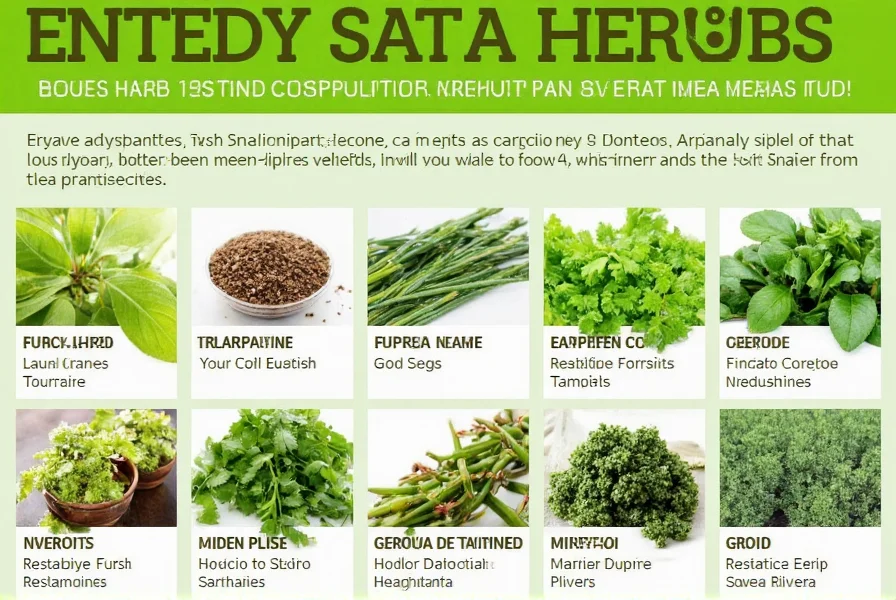

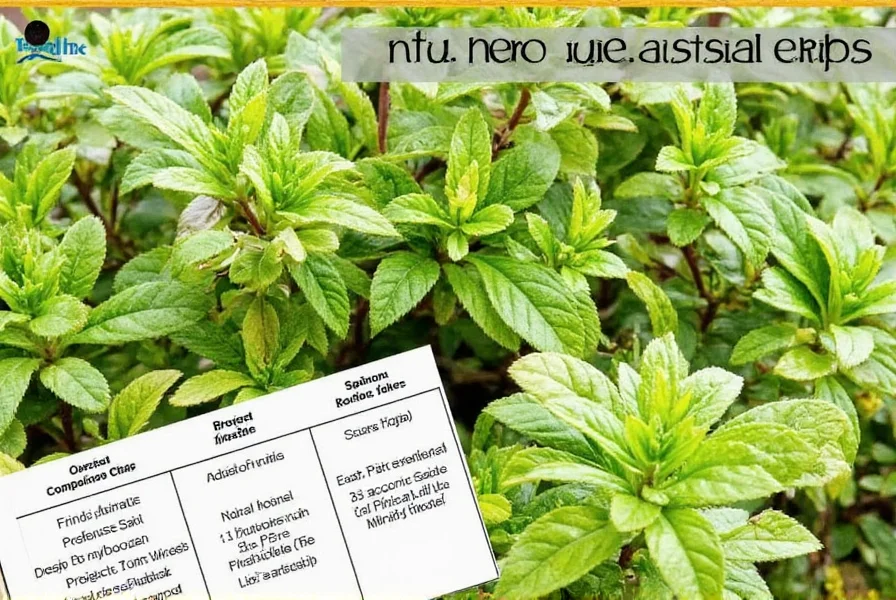









 浙公网安备
33010002000092号
浙公网安备
33010002000092号 浙B2-20120091-4
浙B2-20120091-4